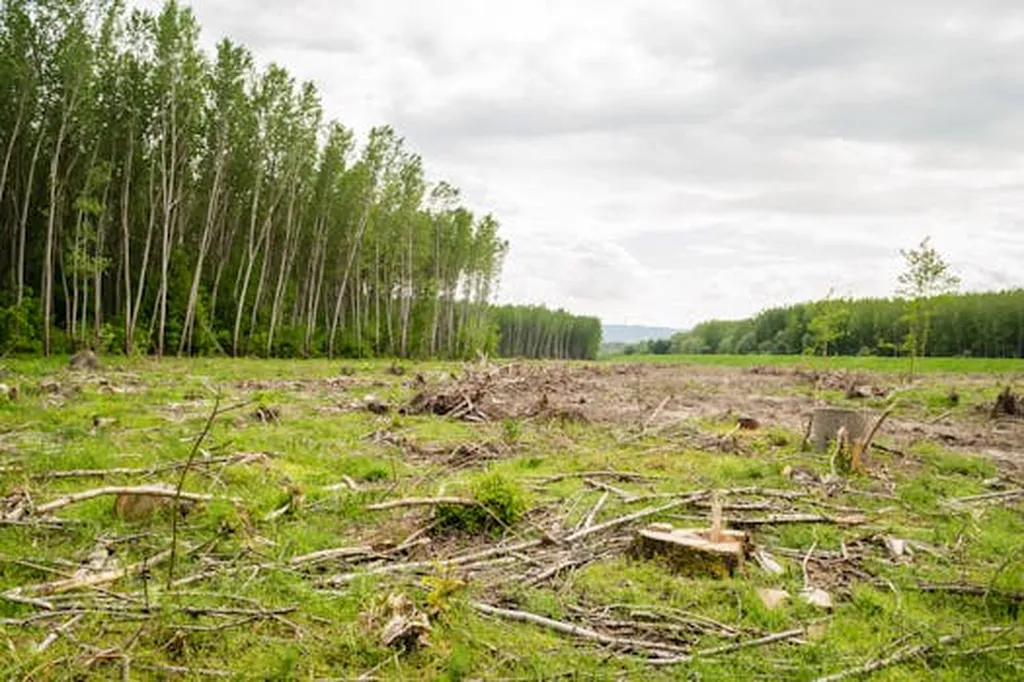In a groundbreaking study published in *Communications Earth & Environment*, researchers have uncovered critical insights into how irrigation impacts soil carbon dynamics, with significant implications for the energy sector and climate adaptation strategies. Led by Qi Tang from the School of Remote Sensing and Information Engineering at Wuhan University, the research synthesizes a vast dataset of 223,593 observations to reveal how soil organic carbon (SOC) and soil inorganic carbon (SIC) respond to irrigation across global croplands.
The study found that irrigation significantly alters soil carbon levels, with effects varying by soil depth and the amount of water applied. Notably, cropland soils showed a 127% increase in SOC and a 57.09% increase in SIC when irrigated with 200–300 millimeters of water compared to non-irrigated reference sites. These findings underscore the complex interplay between water management and carbon sequestration, a relationship that could reshape agricultural practices and energy policies.
“Our results highlight the need for strategic consideration of carbon sequestration potential in irrigation management,” Tang emphasized. “By understanding these dynamics, we can better support climate adaptation efforts and mitigate the risks associated with long-term irrigation.”
The research also projected that 54.58% of stable cropland areas could experience SOC losses, while 60.22% could face SIC losses under continuous irrigation. These projections suggest that SIC is at greater global risk, a finding that could influence how energy and agricultural sectors approach soil management.
For the energy sector, these insights are particularly relevant. As the world seeks to balance food security with climate goals, the study provides a roadmap for optimizing irrigation practices to enhance carbon sequestration. This could lead to innovative strategies that align agricultural productivity with carbon mitigation efforts, ultimately supporting the transition to a more sustainable energy future.
The study’s findings were published in *Communications Earth & Environment*, a journal that translates to “Earth and Environment Communications” in English. This research not only advances our understanding of soil carbon dynamics but also sets the stage for future developments in sustainable agriculture and energy policies. As Tang noted, “This work is just the beginning. The next steps involve translating these findings into actionable strategies that can be adopted globally.”
By shedding light on the vulnerabilities of soil carbon under irrigation, this research offers a critical tool for policymakers, farmers, and energy stakeholders to navigate the challenges of climate change. The study’s insights could shape future practices, ensuring that irrigation not only supports crop growth but also contributes to long-term environmental sustainability.

